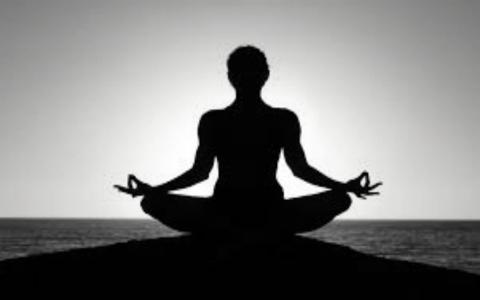
The word ‘yoga’ has several meanings. In the Bhagavad-Gītā (2.48,50; 5.1,5,7), yoga is used in the sense of karma (activity) or karma-yoga (activity without selfish motives, work without expectations). Yoga is also used synonymously with indriya-nigraha (control of sense organs and the organs of activity) (Kaṭhopaniṣad 6.11), cittaikāgrata (mental concentration, focus) (Yoga-sūtra 1.1, adhyāya 6 of Bhagavad-Gītā), prakaraṇa (chapter), vidhāna (...
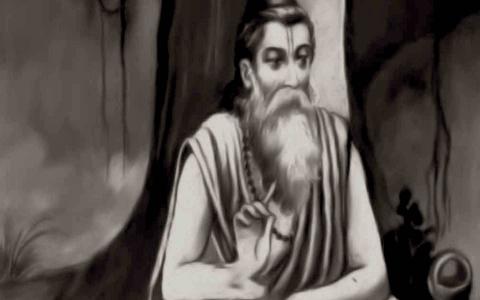
Philosophy in the Mahābhārata : Sāṅkhya
A few things must be mentioned before entering into this discussion. As stated earlier, the extant Mahābhārata was composed in a span of about thousand years and different parts were added and modified at different points in time, thus making it extremely difficult to summarize the view of the epic on a given topic. Such an attempt might even lead to error; it is for this reason that most scholars felt the...

Half of the extant Mahābhārata is dedicated to dharma and ethics. In the other half, the main story and the upākhyānas are present. Even if we consider the latter alone, without doubt, it qualifies for a matchless poem. “कृतं मयेदं भगवन् काव्यं परमपूजितम्” (I have composed a sublime poem, O revered one!) says Vyāsa to Brahma. It is indeed poetry; doubtless it is sublime poetry; it has uniqueness in content, variety of characters, richness in...
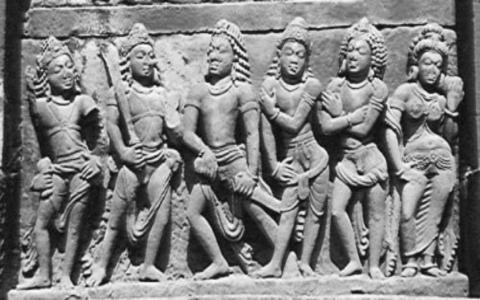
Dharma and Nīti (ethics) in the Mahābhārata
Dharma is that which sustains and supports the world; that which upholds; that which nourishes and protects from destruction. It is the root of peace and order in the world. We infer this mainly from the behavior and words of the epic characters as well as from the various stories and dialogues of the Śānti- and Anuśāsana-parvas.
Dharma is classified as sāmānya-dharma (fundamental values relevant to...
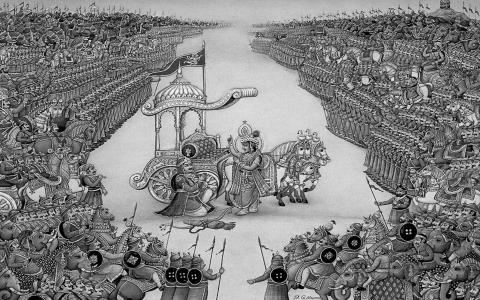
The Timeline of the Composition of Mahābhārata
For over a century, scholars from Germany, France, England, and India have extensively studied the Mahābhārata and concluded that it is not the work of a single author composed in a single lifetime. This doesn’t mean, however, that they concur in their views about the authorship and the timeline. It is unnecessary for our present purpose to discuss the divergence of their opinions and the details of...
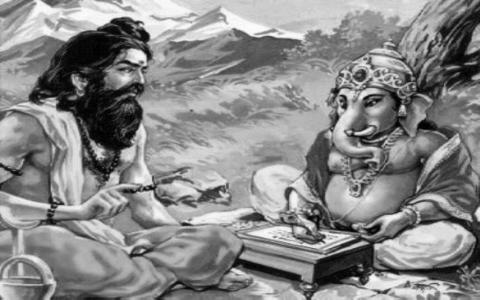
Adhyāyas 62-88 – Śakuntalopākhyānam, Vaṃśanukrama, Yayātyupākhyānam (Śakuntalā’s story, details of the lineage and Yayāti’s story)
In these adhyāyas, Vaiśampāyana has chosen to narrate the sub-stories of Duṣyanta-Bhārata and Yayāti-Puru, perhaps because they are interesting and sizeable, or because they are about famous kings. Yayāti is an ancestor of Duṣyanta, separated by around eighteen generations; yet Duṣyanta’s story (adhyāyas 62-69)...
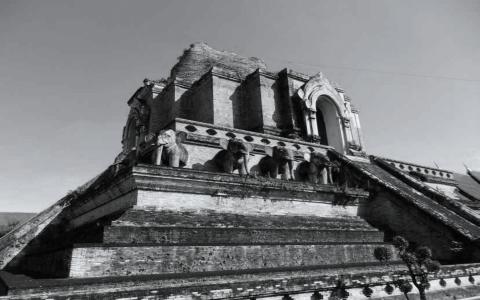
The fifty-seventh adhyāya of the Ādi-parva starts with the story of King Uparicara. Some scholars opine that this is the real beginning of the Bhārata epic because Uparicara’s daughter Matysagandhī (also called Satyvavatī, Kālī, Yojanagandhī, and Gandhavatī) is the mother of Vyāsa, who is the ancestor of both the Kauravas and the Pāṇḍavas. This section narrates the incidents that led to her becoming the daughter of a fisherman and the birth of...

Adhyāyas 54-61 : Ādivaṃśāvataraṇa -parva
The ādivaṃśāvataraṇa-(upa-) parva spans eight adhyāyas – from the fifty fourth to the sixty first. In the beginning of this, i.e.., the fifty-fourth chapter, Vyāsa comes to Janamejaya’s sarpa-yāga. Janamejaya pays respects to him and asks “You have seen the Kauravas and Pāṇḍavas with your own eyes; Tell me the story of how they drifted apart, fought a war and lost their lives”. Vyāsa told his disciple...
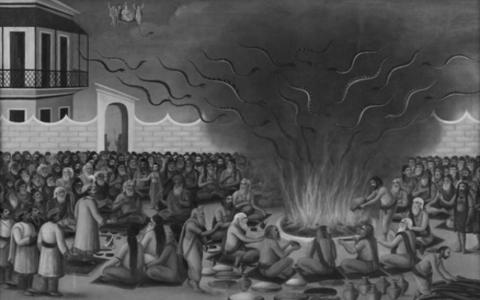
Adhyāyas 4-12. Pauloma-parva
The adhyāyas from 4 to 12 form the Pauloma-parva. Just like the anukramaṇikā (prologue), this section starts with a prose passage.
रोमहर्षणपुत्र उग्रश्रवाः सूतः पौराणिको नैमिषारण्ये शौनकस्य कुलपतेर्द्वादशवार्षिके सत्रे |
(Sūta-paurāṇika Ugraśrava, the son of Romaharṣaṇa during the twelve year long satra conducted by Śaunaka in the Naimiṣāraṇya,....)
This is followed by a few more lines of prose and verses. When...

The third adhyāya of the Ādi-parva contains the ‘Pauṣya’(upa)parva. The Sūta, Ugraśrava tells the story of Uttaṅka. After completing his studies, Uttaṅka sets out to bring the earrings of King Puṣya’s consort as guru-dakṣiṇa (a token of gratitude to his guru). After acquiring them from the queen, on his way back through a forest, he is harassed by Takṣaka , the king of serpents. Enraged, Uttaṅka goes to King Janamejaya and reminds him that his...
